First in Indonesia, ITS Doctors Initiate an Algorithm for Detecting the Location of Epilepsy in the Brain
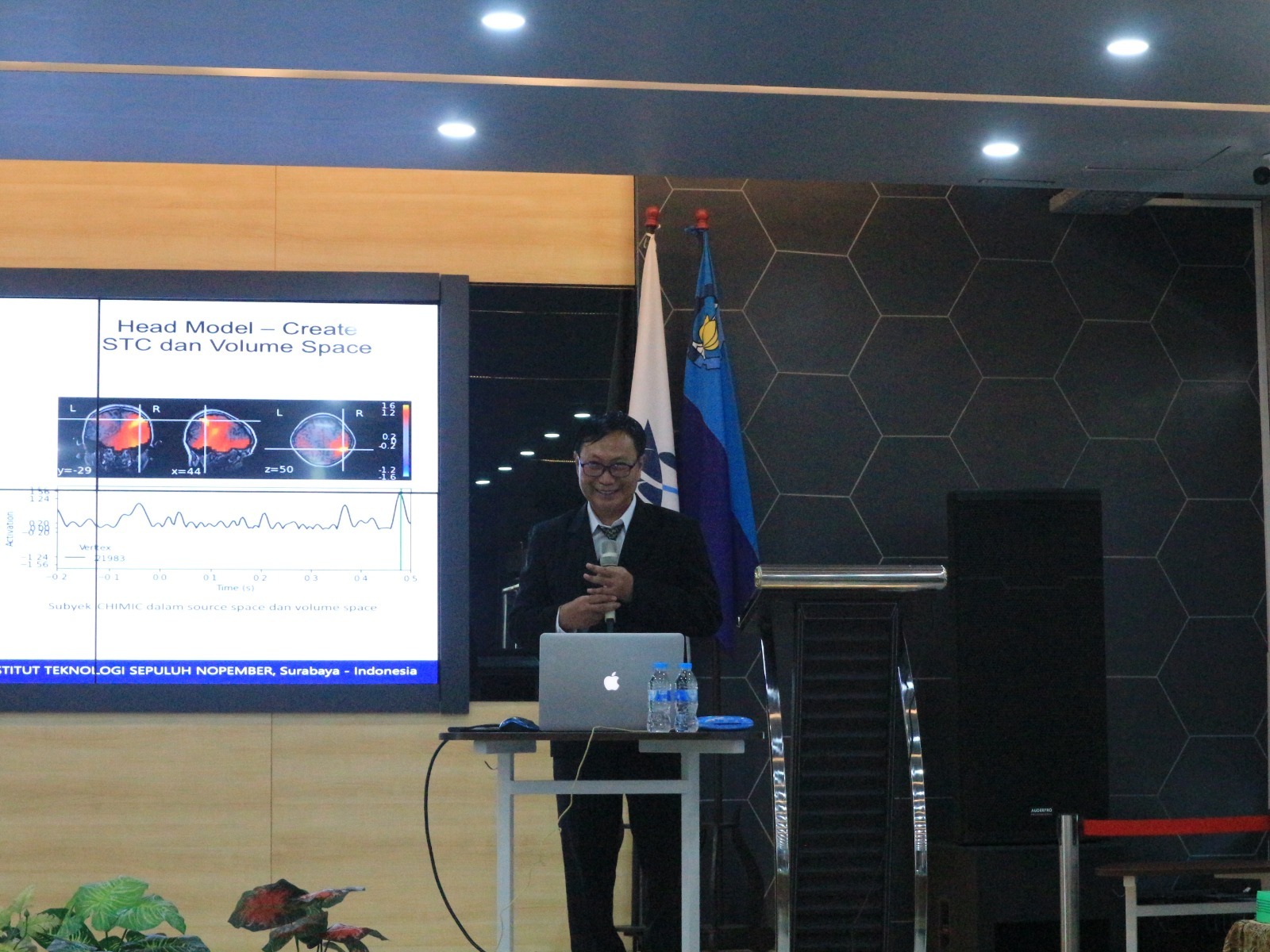
Dr Dwi Sunaryono SKom MKom when answering questions from examiners in his dissertation presentation at the ITS Informatics Engineering Department about Algorithm for Detecting the Location of Epilepsy
ITS Campus, ITS News – Epilepsy is a rare disease caused by abnormal function of one point in the brain so fast and precise methods are needed to cure it. Based on this problem, one of the doctors from the Institut Teknologi Sepuluh Nopember (ITS) initiated an innovation that was the first in Indonesia regarding the detection of epilepsy and determining the location of the cause in the brain.
Dr Dwi Sunaryono SKom MKom from the ITS Informatics Engineering Department said, that apart from being a disease that endangers human safety, epilepsy is also a disease whose healing method is not sufficient if it is only treated with medication. Therefore, it is necessary to automatically detect the location of epilepsy sources with higher accuracy.
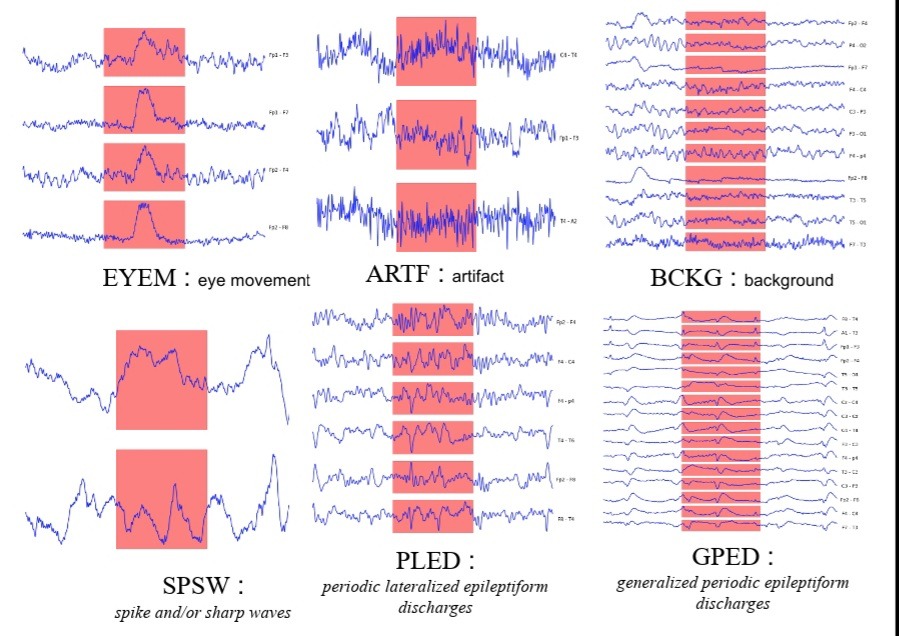
Data from EEG recordings showing various human movements and sounds that arise (top) and signals indicating the presence of epilepsy in the brain (bottom)
“So it is necessary to integrate the use of Electroencephalogram (EEG) tools with Artificial Intelligence (AI) to answer this problem,” explained Dwi in his dissertation presentation at the Doctoral Promotion Session at the ITS Informatics Engineering Department, on Wednesday (6/9).
Furthermore, according to Dwi, EEG is a tool that is used to record all electrical activity of the brain which produces output in the form of frequency signals. Through this tool, signals are recorded from various human movements and sounds that arise, whether consciously or not. This includes Eye Movement (EYEM) as a result of eye movement, Artifact (ARTF), one of which can arise due to the sound of the EEG machine, and Background (BCKG) which has no meaning in the form of the signal.
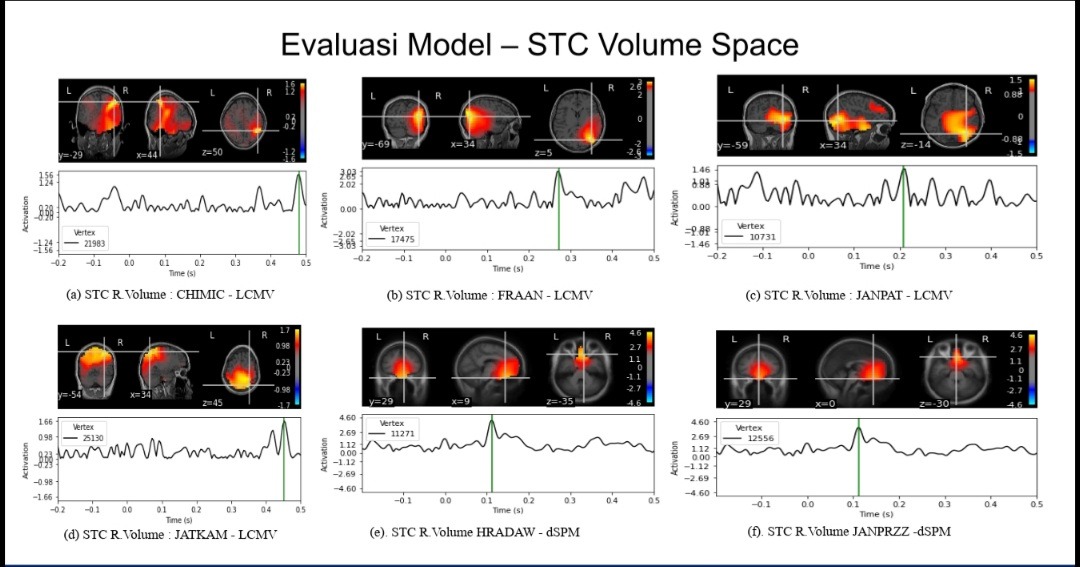
Results of the implementation of STCS and MRI in determining the coordinates of the part of the brain that causes epilepsy in several datasets used
From the various signals obtained, continued Dwi, it is then necessary to detect signals that refer to Interictal Epileptiform Discharge (IED), which is a sign that something abnormal is happening in the brain, one of which is epilepsy. With the characteristic of a signal that has a sharp spike, then decreases, and rises steadily to a level. “So, it is necessary to process whether the signal from the EEG is indicated by an IED signal so that its location can be determined through the algorithm that was initiated,” said Dwi.
The formulation of the algorithm by the lecturer in the Basic Programming course begins with standardizing the EEG channel in the form of placing the number of electrodes according to international rules. Then the EEG frequency is set at 1 Hertz (Hz) to 40 Hz to minimize the presence of mixed signals formed from noise or unconscious body movements. “Also, resampling was carried out at 250 Hz to standardize the EEG signal, and the ARTF, BCKG, and EYEM signals were deleted to get the IED signal,” he explained.
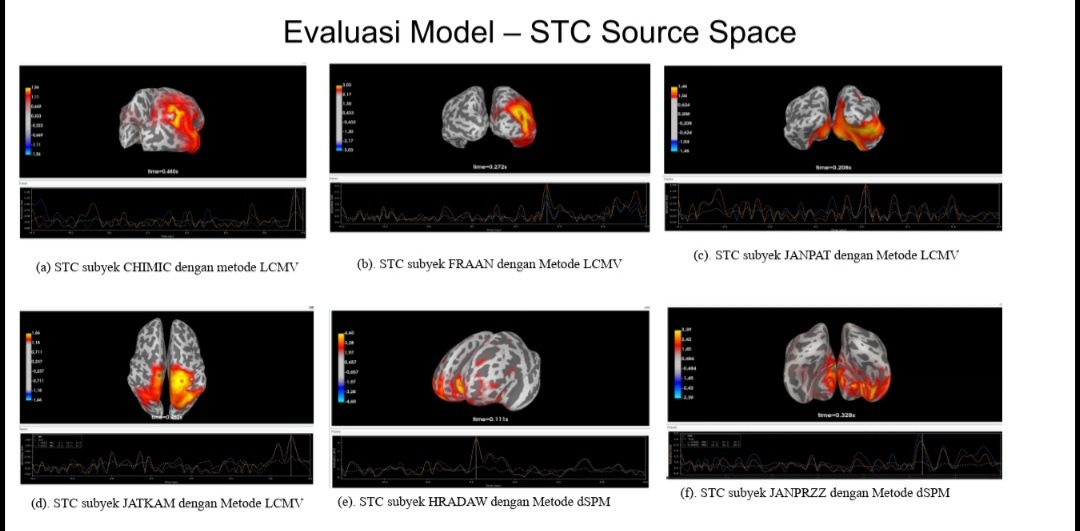
Brain scans are captured by MRI and implemented on a topography map to see the movement of energy which can indicate the location of the IED signal
From the sequence called preprocessing, explained Dwi, the algorithm will determine whether the EEG contains IED or not. If yes, then annotate the location of the IED in the brain and create a collection of annotations or location points called epochs. Next, the noise covariance is calculated to determine the oddities at the location point based on the average frequency. This location determination process was then assisted with Magnetic Resonance Imaging (MRI) to determine the exact location of the IED.
Dwi explained again that the data in the High Dynamic Range (HDR) file format obtained from the MRI was then converted to the nii.gz file format and reconstructed at the recon all stage to differentiate the location of the brain, brain layers, and scalp. The lecturer, who was successfully declared to have passed the doctorate, then said that the results of the data from the MRI were then adjusted to the data obtained by the EEG. “The source base is also calculated to ensure brain position segmentation,” he added.
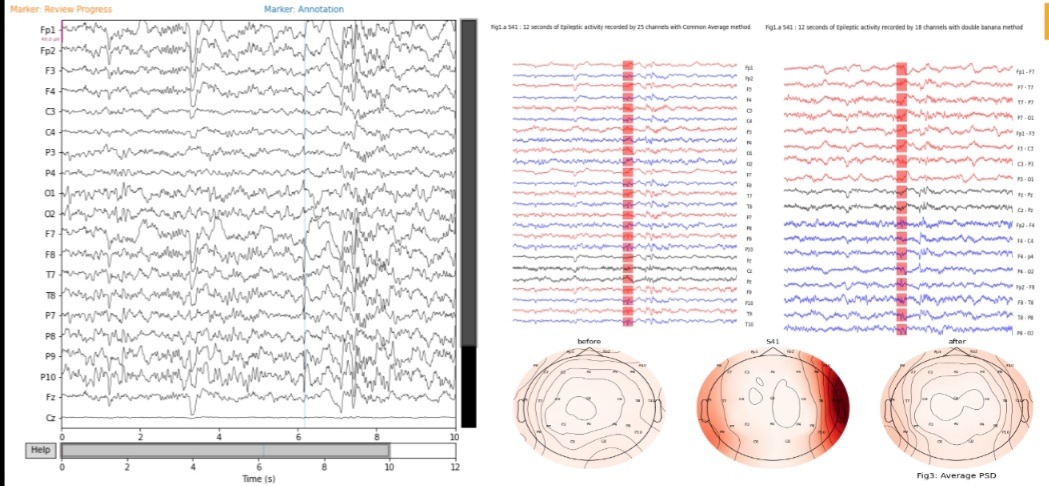
The results of more in-depth EEG recordings related to IED signals and location descriptions that refer to epilepsy in the human brain
Dwi explained that the process called Image Segmentation continues with Mesh Generation to distribute the EEG signal into thousands of points. This was done to further confirm the position and coordinates of the brain. After that, the points are readjusted to the brain volume in a process called Boundary Element Model (BEM). “So the point will shape the human brain according to its position and size,” he said.
Next, this ITS Computer Engineering alumnus, the point which is a representation of the frequency signal in the brain was then calculated by channel average to get the correct frequency value to prove the existence of an IED signal. Brain segmentation from MRI and points of IED presence from EEG data is then integrated into a topography map application to describe the movement of energy every second or what is called Source Time Courses (STCS).
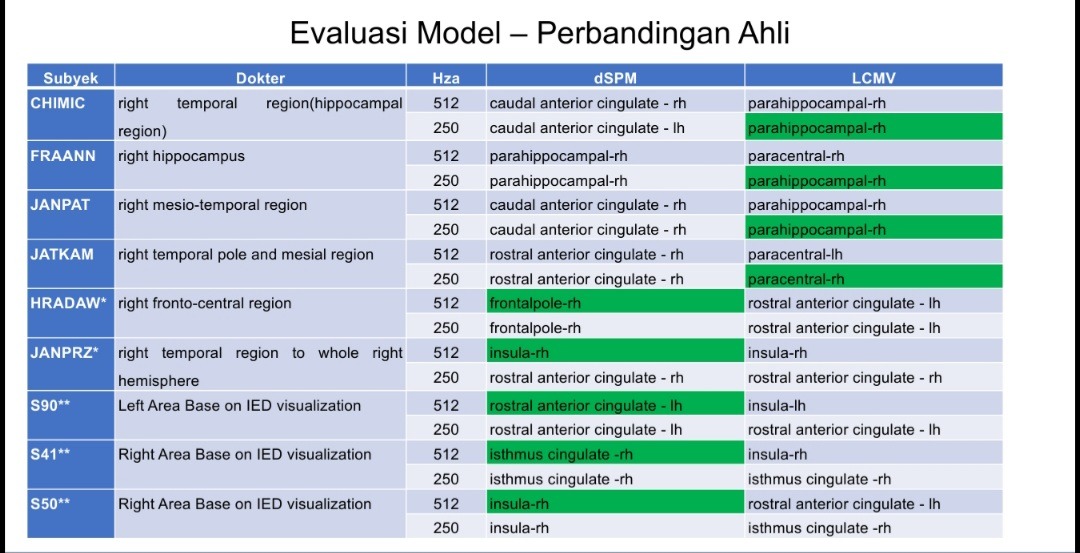
Evaluation of research by Dr. Dwi Sunaryono SKom MKom which has the same results as the diagnosis of epilepsy location by neurologists and surgeons at Dr.
The man from Surabaya explained that the process moved to parcelization, namely mapping areas of the brain. If the mapping has been identified, an STCS transformation to volume space is carried out to determine more precise coordinates of the IED point. This research, which was packaged in an automatic EEG algorithm, also showed results that were by the diagnosis of the location of epilepsy by neurologists and surgeons from Dr Soetomo Regional Hospital, Surabaya.
This also enabled this 52-year-old man to complete his doctoral studies on time and create innovations that had never previously existed in Indonesia. Through his dissertation research, Dwi hopes that the algorithm created can be further implemented in the medical field. Human life is at stake if there is a slight error in the diagnosis of the IED coordinates which causes epilepsy. (ITS Public Relations)
Reporter: Nabila Hisanah Yusri
Related News
-
Supports Marine Sustainability, Pertamina Goes to Campus Presents at ITS
ITS Campus, ITS News — Institut Teknologi Sepuluh Nopember (ITS) became one of the partners of Pertamina Goes to
September 06, 2023 15:09 -
Anticipating Lost Pet Dogs, ITS Students Invent a Tracking Bag
ITS Campus, ITS News —Losing a pet is a sad thing for its owners. To anticipate this, a team
September 06, 2023 15:09 -
ITS Students Integrate Smart City Service Features Through Visionaries
ITS Campus, ITS News — Institut Teknologi Sepuluh Nopember (ITS) continues to prove itself as a home for talented
September 06, 2023 15:09 -
ITS Students Innovate Eco-Quake Building Concept
ITS Campus, ITS News — Along with the development of technology, the construction sector has also experienced rapid growth
September 06, 2023 15:09
